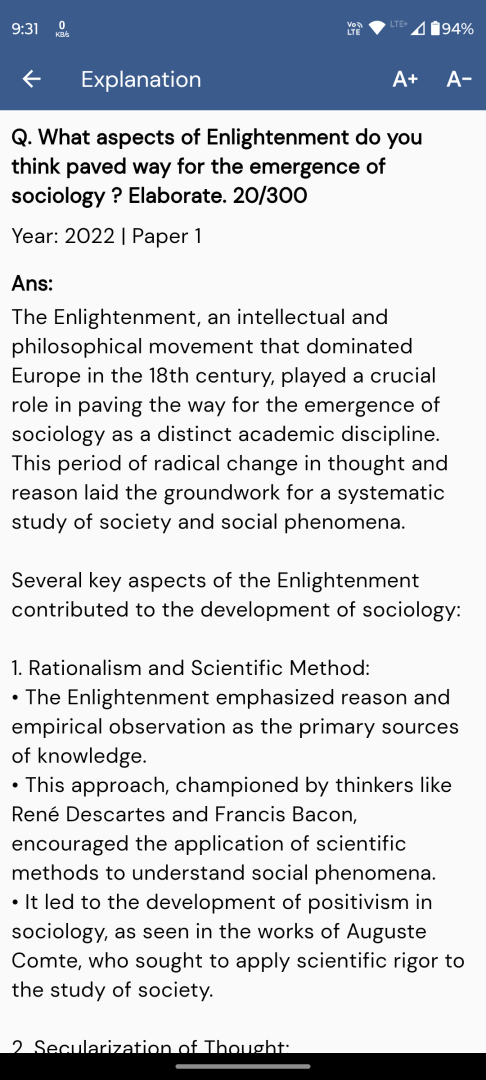Q. Discuss the trend of urbanization in India. Do you think that Industrialization is the only precondition of urbanization? Give you arguments.
UPSC Sociology 2025 Paper 2
Model Answer:
Urbanization in India represents a complex socio-economic transformation involving population concentration and rural-to-urban transition. While historically slow, it has accelerated post-independence, fundamentally reshaping India’s social and economic landscape.
Trends of Urbanization in India
India’s urban population increased from 17% (1951) to 35% currently, projected to exceed 50% by 2050. This growth exhibits distinct characteristics:
• Metropolitan concentration: Urban growth remains top-heavy, with million-plus cities experiencing disproportionate expansion, leading to overcrowding and infrastructure strain
• Emergence of census towns: Between 2001-2011, 2,530 new census towns emerged—settlements statistically urban but governed as rural panchayats, highlighting governance challenges
• Regional disparities: Southern and Western states demonstrate higher urbanization rates, with IT hubs like Bengaluru and Hyderabad leading service-sector urbanization
• Mixed migration patterns: Rural-urban migration combines with natural increase and reclassification of rural areas
Beyond Industrialization: Multiple Preconditions
While industrialization catalyzed cities like Jamshedpur, India’s urbanization transcends the classical Western model:
Service Sector Dominance:
Post-1991 reforms triggered tertiary sector expansion. Cities like Gurugram and Hyderabad grew as IT/service hubs, representing post-industrial urbanization patterns without traditional manufacturing bases.
Agrarian Push Factors:
Jan Breman’s analysis reveals how rural distress drives migration. Agricultural unviability, debt, and unemployment push populations toward cities, creating “urbanization of poverty” through informal sector absorption rather than industrial employment.
Administrative-Educational Centers:
Planned cities like Chandigarh and Gandhinagar exemplify administrative-driven growth. State capitals and educational hubs attract populations through government employment and institutional development.
Cultural-Religious Significance:
Historical centers like Varanasi, Tirupati, and Ajmer have evolved into major urban areas through pilgrimage tourism, generating service-based economies independent of industrial development.
Conclusion: India’s urbanization represents a multi-causal phenomenon where industrialization constitutes one among several drivers. Service-sector growth, agrarian distress, administrative functions, and cultural significance collectively shape India’s distinct urban trajectory, challenging conventional industrial-led urbanization models.





